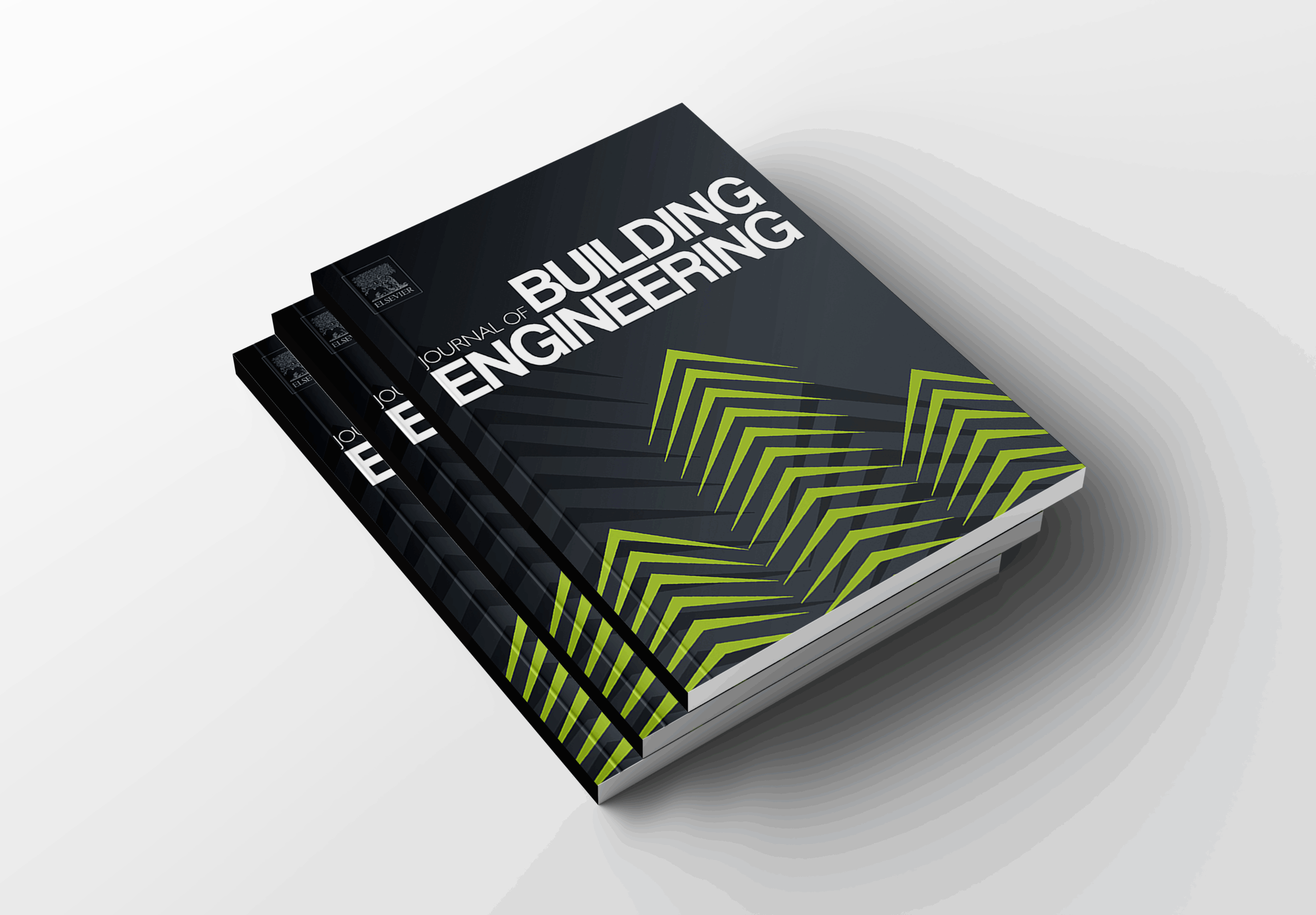Our collaborative research with the University of California, San Diego has just been published in the Journal of Building Engineering!
So why does this matter? Simply, our study helps bring clarity to an engineering “gray area” that affects modern wood construction. Specifically, we tested how close nails can be placed to the edge of wood panels while still achieving their full strength in resisting wind uplift. For years, code requirements around this issue have been conservative, inconsistent, and—most importantly—lacking real test data.
What we discovered:
- The industry’s current rules weren’t based on actual testing.
- Our data shows that nail spacing can be more efficient than codes currently require—without sacrificing safety.
- This research helps align construction standards with how buildings are really being designed and built today, especially with the growth of panelized construction.
In short, it’s a step toward smarter codes, more efficient design, and safer structures.
A huge thank you to our partners at UCSD and our own M+K team who pushed this forward. This is the kind of work that helps shape the future of building science.
You can read the full article now in the Journal of Building Engineering here.

